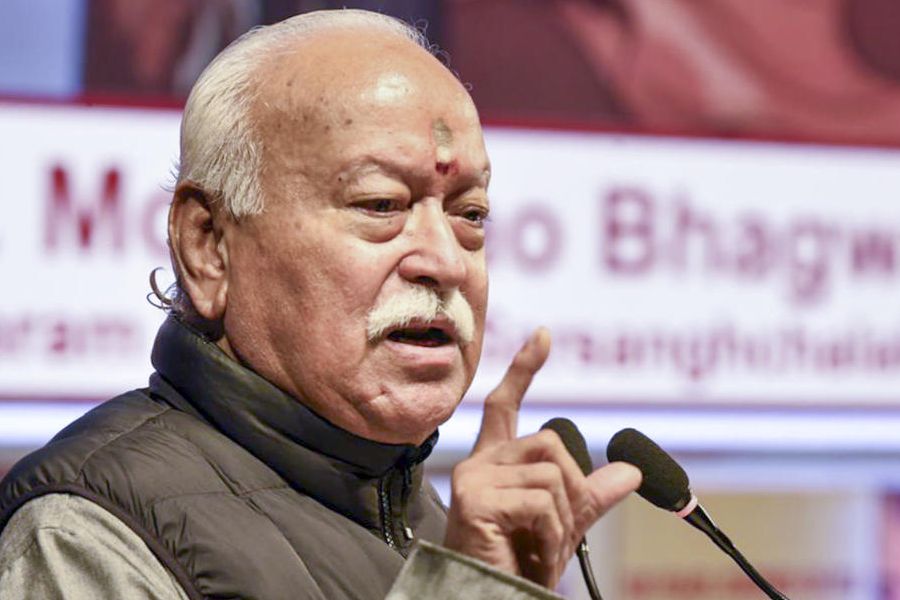Two events on May 26 will cause interest among people. Both natural, but one is potentially destructive, cyclone Yaas, and the other is a cosmic beauty, that of a Total Lunar Eclipse.
A rare Super Blood Flower Moon is going to occur in the eastern sky on May 26 evening.
In its journey around the Earth, the Moon will go through a number of phenomena for being termed as Super, Blood and Flower Full Moon. This will be the first Total Eclipse of the Moon since January 21, 2019, when it was not visible from India.
Calcutta has seen its last total lunar eclipse 10 years ago, on December 10, 2011.
The night of May 26, it will be a Full Moon but with a difference. Moon will be near its closest point to Earth, called perigee, in its slightly elliptic orbit around the Earth. The Moon will be at its perigee on that day exactly at 7.23 hours, IST, at a distance of 3,57,309km from the Earth.
Secondly, the Sun-Earth-Moon alignment will be such that from the Earth it will be viewed as a Full Moon and also eclipsed for some time. The Moon on its journey around the Earth will be passing through the Earth’s shadow for a few moments and will be totally eclipsed.
Since a totally eclipsed Moon takes a dark blackish red colour, it will be called Blood Moon.
This happens because of the comparatively less deviation of the red part of the moon light through the Earth’s atmosphere and falling on the Moon’s surface.
So, a bigger, brighter, eclipsed Full Moon occurrence has given it the name of a Super Blood Full Moon. The word “flower”, sometimes called Pink Moon, is from native American folklore.
The total Lunar Eclipse will be visible mostly from eastern Asia, Pacific Ocean, most parts of North and South America and Australia.
The Partial Eclipse of the Moon will start around 15.15 hours IST and end at 18.22 IST. The totality of the eclipse will occur from 16.41 hours and 16.56 hours IST.
For most of India, the Moon will be below the eastern horizon during the total eclipse, and so people from India cannot observe the Blood Moon, but residents of some parts, mostly in eastern India, will see only the very last part of a partial lunar eclipse, that also very close to the eastern horizon when the moon is just rising.
That evening, the Moon will rise in the Calcutta sky at 18.15 hours and those interested will just possibly get a few minutes’ glimpse of the partial eclipse, which will end around 18.22 hours. That is only if the cloud cover to be generated by the cyclonic weather, as predicted, allows.
For the other cities like Delhi, Mumbai and Chennai, the eclipse will not be seen as the Moon will be below the horizon there during the eclipse phase.
Most of the country will have to be satisfied with a penumbral eclipse, which is not very much discernible with the naked eye, when the Moon passes through a slightly shadowed region of the Earth and is not very spectacular.
But people can see a very bright and bigger Full Moon that night. At perigee, a Full Moon looks 30 per cent bigger and 14 per cent brighter than an average Full Moon. That is the reason the Full Moon will shine brighter and look bigger that night.
The next Total Lunar eclipse will occur on May 16, 2022, but it will not be visible from the Indian subcontinent. But on November 8, 2022, an eclipse will be seen from India.
Debiprosad Duari is the director, research and academic, MP Birla Institute of Fundamental Research, MP Birla Planetarium











